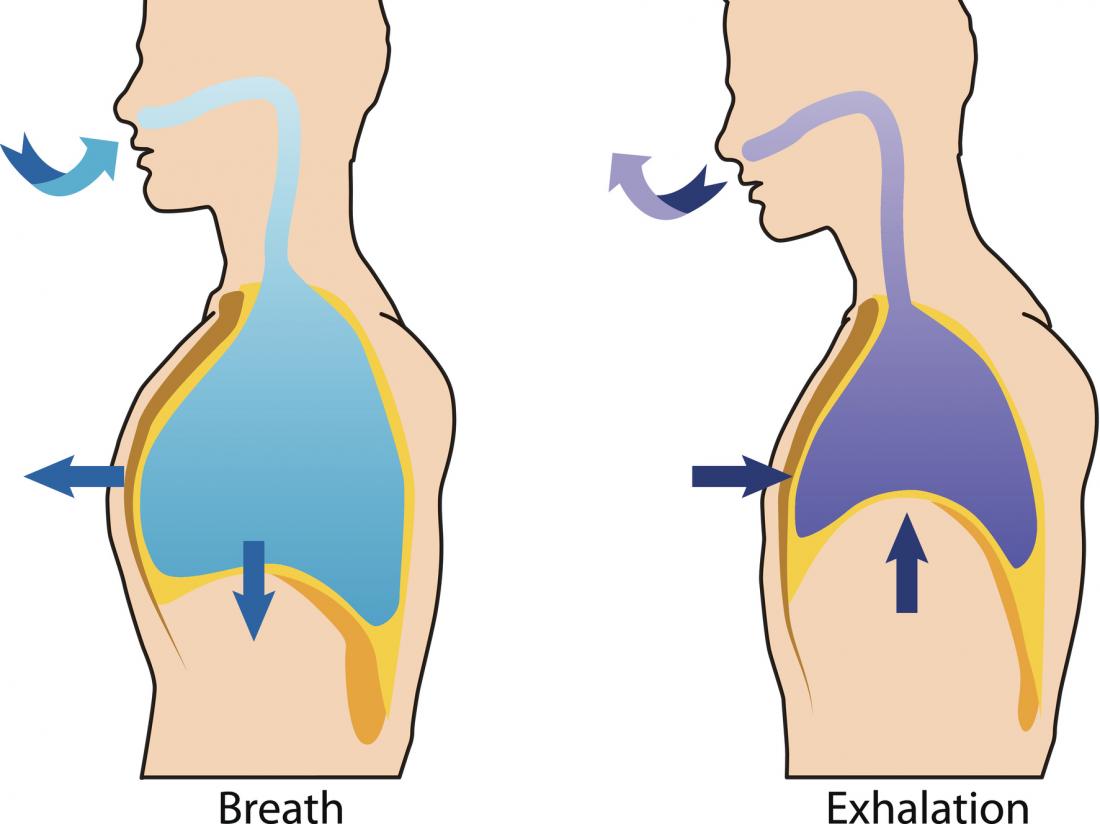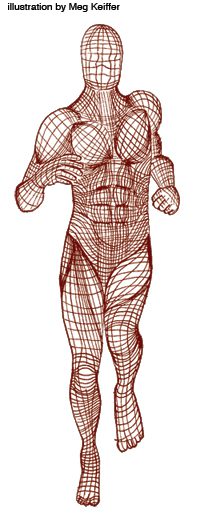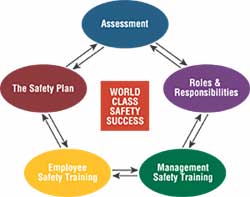
Inhale and exhale
Inhale and exhale
Breathe in and out – sounds so easy and yes, you know how to do it. If you didn’t know this, you would no longer be alive. But there is something that you, as a rider, need to know, and this is very important information.
When we look at the size and strength of a horse, it becomes clear that we will not be able to overcome it physically. The horse is just bigger, stronger and faster. Of course, a lot of horsemen and equipment manufacturers tried to come up with tools that would give us additional power and strength. Some of them have been effective and some have not.
However, one of the most effective tools that give us strength – our breath – is always with us.
There is a saying: “You borrow power from a horse and redirect it.” But tohow can we do this?
Exhaling an extra step is a very simple but incredibly effective way!
Inhale as if you were breathing in the scent of a flower, and then exhale as if you were blowing a flute. Now try to count the steps of the horse – and find a breathing rhythm that is comfortable for you. For most of my students, this is 4 steps on the inhale and 5 on the exhale, or 5 steps on the inhale and 6 on the exhale. If you want to increase the number of breaths, the method that works best is to increase the number of exhalations.
So, if you want to go from 4 breaths and 5 breaths to 5 breaths and 6 breaths, you will need to take 4 breaths and 6 breaths first, and then 5 breaths in the next cycle. And so. you have already moved on to 5 breaths and 6 breaths.
This breathing connects you to your body and makes you much more interesting to your horse. If you are sitting on a nervous (powder keg) horse, increase the cycle and you will find that the horse will begin to relax, listen to your body and breath. This method works great.
It is important that you can allow yourself to breathe deeply so that the breath comes down. As you ride, focus on how “depth” your breath reaches: to your mid-chest, to your lower chest, to your navel, to your pelvis?
Most of us don’t normally breathe very deeply, and if we’re asked to breathe deeper, we try to push the air down with our diaphragm. But it doesn’t work well and your breathing will become shallow again.
Instead, at the last moment of exhalation, press down on your navel and then release it as you begin to inhale. You have just created a mini-vacuum in your belly and allowed your breath to sink deeper into your body. You can also increase the loop length. I can sometimes do 7 breaths – 8 breaths.
After playing with the breath in this way for a while, you will realize that there is a connection in your body between breathing and general tension. Biomechanically speaking, when your body tenses up (due to being nervous or fearful while on horseback), your fascia gets tight. Fascia is a connective tissue sheath that covers organs, vessels, nerves and forms sheaths for muscles in vertebrates and humans. There are different types of fascias. Imagine the superficial fascia as a sheet, right under your skin. Below is a drawing illustrating the superficial fascia. It depicts a running man. Fascia can feel and respond – it is one of our largest sensory organs. But fascia doesn’t “talk” to our brains. In other words, you cannot order her to relax. But the fascia “talks” with your diaphragm – deep breathing with an additional exhalation will relax it.

The breathing I described above also works in the trot and canter. I tend to just try to count at the trot and canter at the same speed as the walk, instead of trying to count my horse’s steps. I have also found that as we start to go faster, the cycle of breathing usually shortens, in other words, I start to take 4 breaths – 5 breaths, while at a walk I took 6 breaths and 7 breaths.
I hope you try this method in your workouts. Get ready to be amazed!
Simone Windeler (source); translation Valeria Smirnova.





